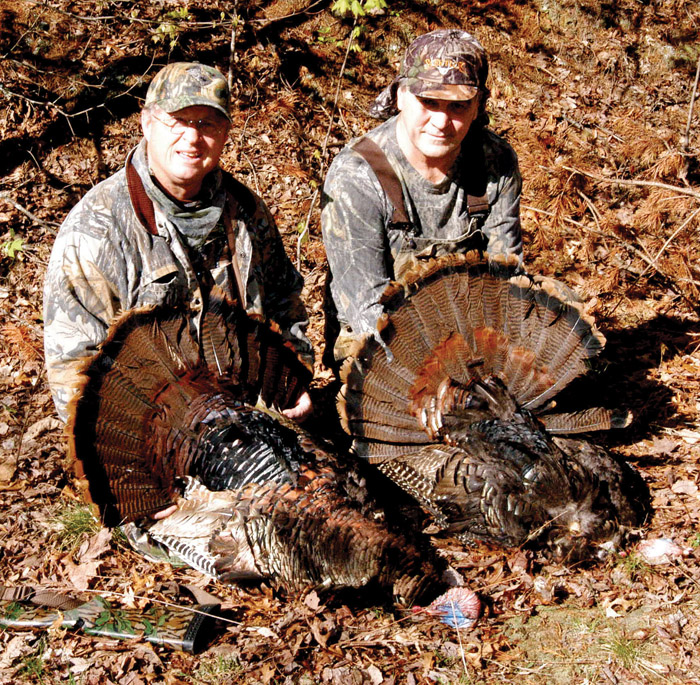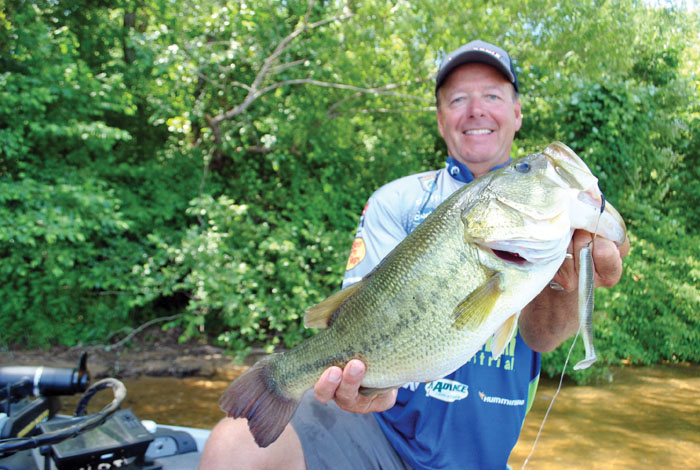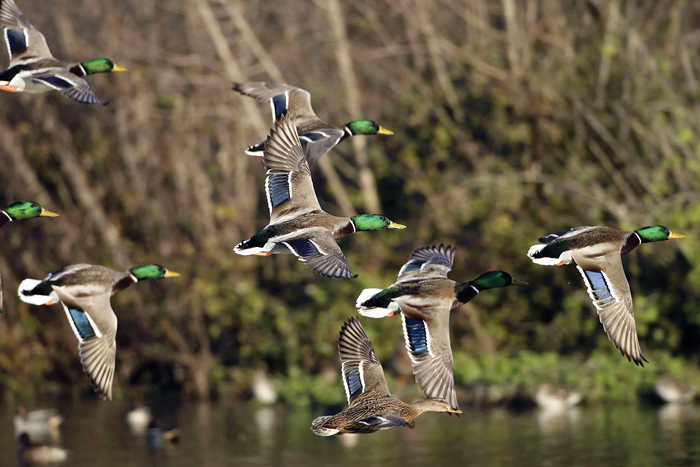Kayaks offer quiet fishing
Published 12:00 am Thursday, May 5, 2011
There was a time when only the adventurous ones owned a kayak. The primary use of a kayak was to run the white water rapids in fast moving river gorges.
Today’s kayaks are used not only as a means of exercise, but to enjoy nature, to sight-see and to fish.
Kayaks are being used to catch everything from sunfish in ponds to sailfish in oceans. They are a less expensive alternative to buying a boat, and allow an angler to reach “hard to get” places where fish are likely to be.
New kayaks, designed especially for fishing, can be purchased for as little as $500. As with anything, the price increases as accessories are added. Regardless, a 12-foot fishing kayak, equipped with back rest, paddle, rod holders, fish finder and a remote anchoring system will cost less than $1,000.
Better yet, purchase a used one for less than half the retail price, as Suzie Phillips of Mooresville did earlier this year. Since then, she has caught and released dozens of largemouth and spotted bass from the cove behind her house.
Fishing kayaks range in length from 10 to 14 feet or more. Stability and storage space improves with length and width. A 12-foot kayak is lightweight, easy to transport and serves most purposes for an occasional angler.
Specialty kayaks and accessories are available for all types of fishing. High bow models with outriggers are perfect for open water use. The sleeker low profile versions are best for sneaking up on big bass in farm ponds and slow moving rivers.
Popular accessories include short-shaft trolling motors, lightweight 12-volt batteries, fish-finder transducer mounts, small live bait wells and side rails to mount optional equipment.
Fishing from a kayak is a quite different experience than fishing from a boat. Not only are you eye-to-eye with the fish, but a big one can pull the kayak a considerable distance before being landed.
Since you are seated position in a confined area, a short rod is easier to cast. Begin with a 5- or 51/2-foot spinning rod and a lightweight lure. When a fish hits, enjoy the kayak, but don’t tip the boat.
If you are considering buying a kayak, rent one first, then talk to as many knowledgeable people as you can before making a purchase decision. Points to consider should be the weight, length, stability, storage space and portability. Always remember when fishing alone to wear a personal floatation device.
Upcoming events
Boater Safety Training: The Lake Norman Sail & Power Squadron is conducting Boater Safety Training course at 8 a.m. Saturday at the Lake Norman VFD, 1518 Brawley School Road, Mooresville. The cost is $45. Pre-registration is required. For additional information, visit www.usps.org/lakenorman or call Bob Yannacci at 704-660-5568.
Free Seminar: “How to Safely Navigate Lake Norman Using Sonar and G.P.S.” Join me at 6:30 p.m. Wednesday, May 18, at North Point Watersports, 112 Doolie Road, Mooresville to learn the basics of sonar and GPS. Bring your questions and instruction booklets to this 90-minute boating session. Call 704-617 6812 for more information.
Hot Spots of the Week
Anglers fishing for white perch are drifting minnows and bouncing jigging spoons
off the bottom in fifteen to thirty feet of water. Best bets are valleys in the coves of Little and Reed Creeks. Bass fishing is very good around docks and brush. Crappie are still shallow and continue to hit small jigs with minnows.
Capt. Gus Gustafson of Lake Norman Ventures is an outdoor columnist and a professional fishing guide on Lake Norman. Visit his web site, www.Fishingwithgus.com or call 704-617-6812.




